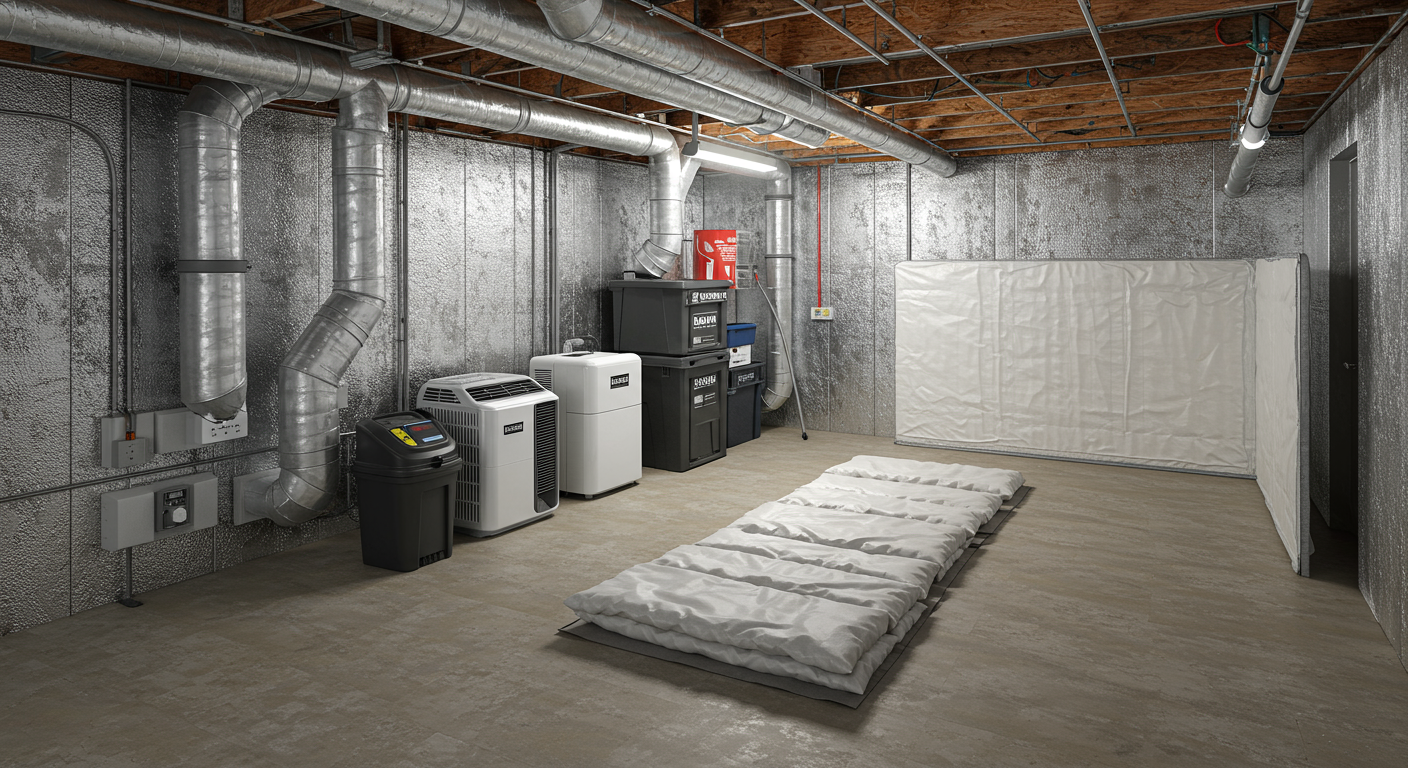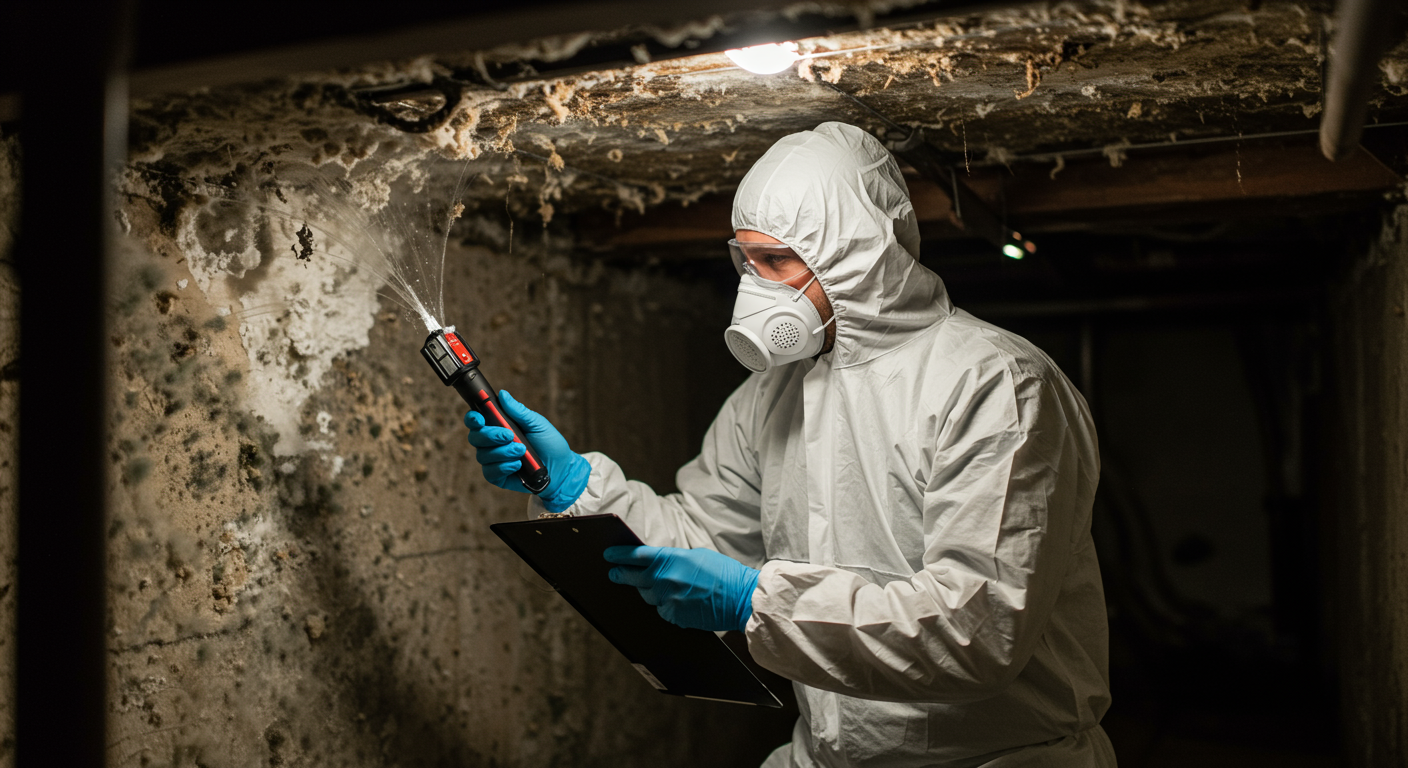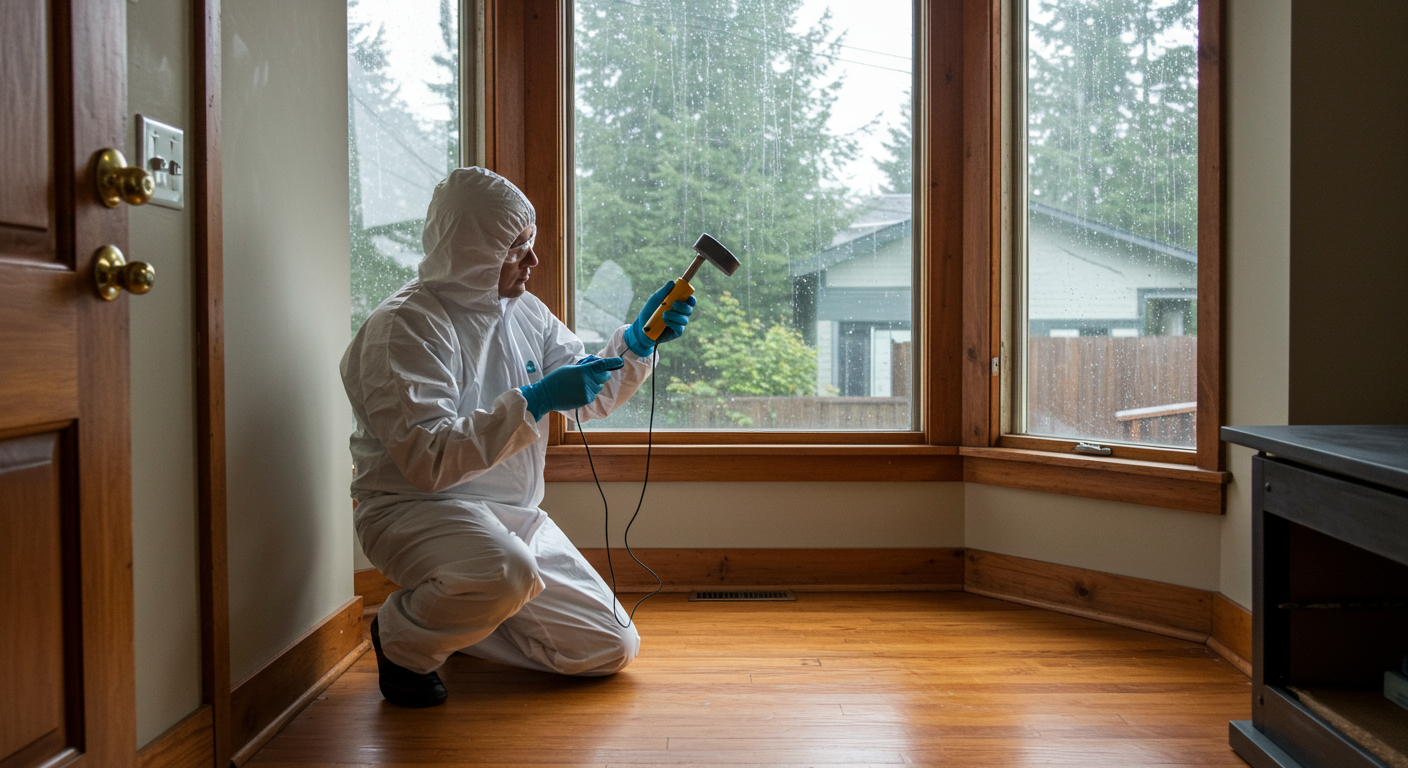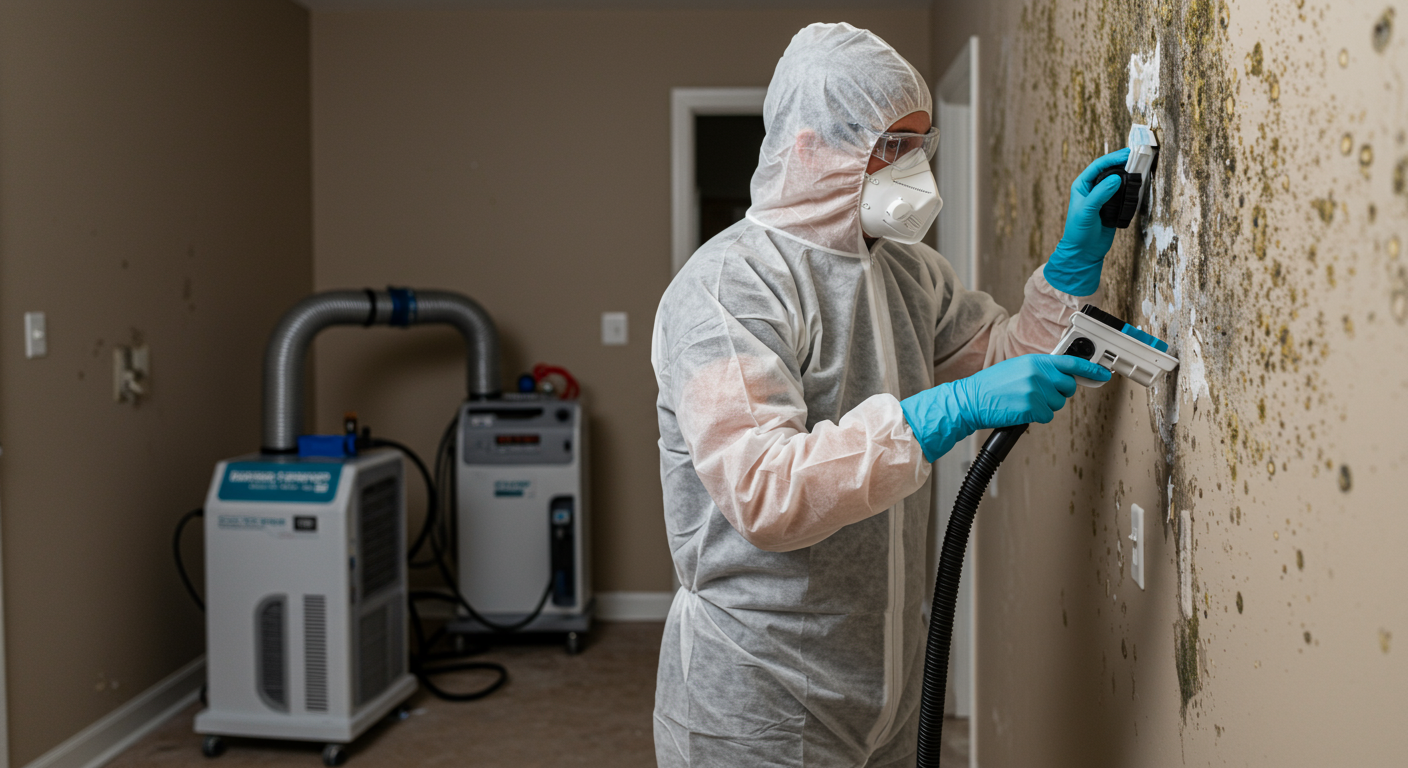White mold in crawl spaces is a common issue faced by homeowners in Portland, OR, due to the region’s damp climate. This guide provides an in-depth understanding of white mold, its risks, prevention strategies, signs of growth, and when to seek professional help. By addressing these aspects, you can protect your home and health effectively.
Understanding White Mold and Its Risks
White mold is a type of fungus that thrives in damp, dark, and poorly ventilated areas like crawl spaces. It appears as a powdery or fuzzy white substance on wooden beams, insulation, and other materials. While it may seem harmless initially, white mold can cause significant structural damage and pose health risks.
Health Risks Associated with Mold Exposure
Exposure to white mold can lead to respiratory issues, allergies, and other health problems, especially for individuals with compromised immune systems. Symptoms include coughing, sneezing, skin irritation, and in severe cases, asthma attacks. Addressing mold growth promptly is crucial to safeguarding your family’s health.
Effective Prevention Strategies for Crawl Spaces
Preventing white mold in crawl spaces requires proactive measures to control moisture and improve ventilation. Here are some effective strategies:
- Crawl Space Encapsulation: Sealing the crawl space with a vapor barrier prevents moisture from entering and creating a conducive environment for mold growth.
- Install Dehumidifiers: Maintaining optimal humidity levels reduces the chances of mold development.
- Ensure Proper Drainage: Directing water away from the foundation prevents water accumulation in crawl spaces.
- Regular Inspections: Periodic checks help identify and address potential issues before they escalate.

Signs of Mold Growth: What to Look For
Detecting mold early can save you from costly repairs and health issues. Here are common signs of mold growth in crawl spaces:
- Musty Odor: A persistent, unpleasant smell is often a sign of mold.
- Visible Mold: White patches on wooden beams, insulation, or other surfaces indicate mold presence.
- Increased Humidity: A damp or humid environment in the crawl space can promote mold growth.
- Structural Damage: Warped or rotting wood may result from prolonged mold exposure.
Regular inspections and awareness of these signs can help you address mold issues promptly.
When to Seek Professional Help for Mold Removal
While some minor mold issues can be handled with DIY methods, extensive mold growth requires professional intervention. Mold remediation experts have the tools, expertise, and experience to eliminate mold effectively and prevent recurrence.
Benefits of Professional Mold Remediation
- Thorough Inspection: Professionals identify the root cause of mold growth and address it comprehensively.
- Safe Removal: Experts use specialized equipment and techniques to remove mold without spreading spores.
- Preventive Measures: Professionals provide recommendations to prevent future mold growth, such as improving ventilation and moisture control.
For expert services, consider Comprehensive Mold Remediation Services in Beaverton, OR: Your Guide to a Safe and Healthy Home.
By understanding the risks of white mold, implementing preventive strategies, recognizing signs of growth, and seeking professional help when needed, you can maintain a safe and healthy home environment. Protect your crawl space from mold and ensure the longevity of your property in Portland, OR.


